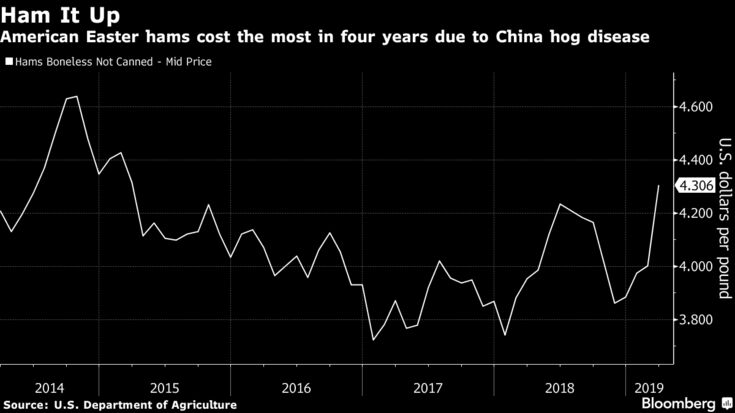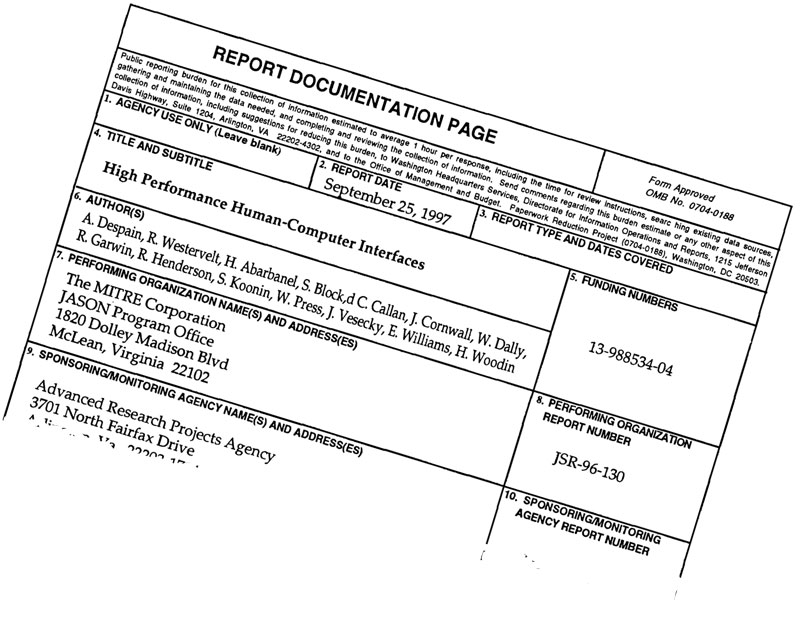Call it “The Jason Mystery.” No, not Jason Bourne, Matt Damon’s tortured cinematic assassin. This would be Jason, the independent but less-than-widely known group of top-level experts that has long studied security-related science and technology matters for the US Defense and Energy departments and the intelligence community.
Science reported this week that the Defense Department
has told the MITRE Corporation, a nonprofit that manages the Jason contract with Defense, to “close up shop by April 30.” Begun in the 1950s and named for the Golden Fleece-seeking character of Greek mythology, the Jasons (as they sometimes are referenced) have over five decades produced a wide variety of classified and unclassified reports on thorny security issues, from the state of the US nuclear deterrent to ways that carbon dioxide emissions might be measured for climate treaty purposes. (The Federation of American Scientists has an interesting selection of non-classified Jason studies
here.)
So far, I have seen no official explanation for the Jason contract cancellation, which was met with Twitter blasts of exasperation from experts who know the value of Jason research.
The import of the end of the Jasons’ Defense contract is perhaps best summarized by a few paragraphs from a
New York Times review of science writer
Ann Finkbeiner’s book,
The Jasons: The Secret History of Science’s Post-war Elite.
Jason (the term refers both to the group as a whole and to individual members) was conceived in the late 1950’s, when the physicist John Wheeler proposed assembling a few dozen top academic scientists to give the government no-holds-barred advice. In 1960 the group began gathering each June and July in various locations. Physics was still riding the wave of prestige generated by the Manhattan Project, and all the original Jasons were physicists. …
Those who eventually enlisted included giants like [Freeman] Dyson, Murph Goldberger and the future Nobel laureates Steven Weinberg, Val Fitch, Charles Townes, Murray Gell-Mann and Leon Lederman. Some of their motives, like serving their country and reducing the threat of nuclear war, were altruistic. Others were less so: becoming an insider with access to secret information; finding “sweet” solutions to technical puzzles (to borrow Robert Oppenheimer’s description of the Manhattan Project); and getting paid ($850 per diem today).
The Jasons interviewed take pride in some of their accomplishments. They have excelled at “lemon detection,” finding the flaws in ideas like “dense pack” nuclear-missile sites, which one Jason, Sid Drell, called “dunce pack.” In the 1980s, Jason helped establish a Department of Energy program to improve the accuracy of climate models. In 1996 Bill Clinton signed the Comprehensive Test Ban Treaty, in part because Jason had concluded that tests were no longer needed to ensure the viability of America’s nuclear arsenal.
The Jasons certainly have been fallible. Some of the group’s Vietnam-era studies (including one on the potential use of tactical nuclear weapons) were excoriated on ethical grounds, a judgment with which even some of the scientists involved later came to agree. Even so, a decision that could mark an end to the Jason era of unblinkered expert advice to America’s security services would seem to call for public discussion, and perhaps even congressional inquiry.





























Last-minute intervention saves JASON government advisory panel from closure
New offer